The Roma have lived in the small villages of Tetila and Dragoin, Romania for generations. Since Romania joined the European Union in 2007, almost everyone in these villages has a family member who has traveled to Norway out of economic necessity. Due to a lack of education, poverty and unemployment in Romania, these Roma rely on money earned in Norway to support life in the villages. In Norway, many Roma beg on the streets, collect plastic bottles to recycle and sell found clothing. Some are also driven to pickpocketing and prostitution.
Life is hard on the streets of Oslo. The majority of Roma long for life back home with their families, living traditional lives as they have for generations. But that happiness only lasts until the money earned in Norway runs out. And so the cycle continues – months at home in Romania and months abroad to earn enough money to survive.
Life in Romania is vastly different from life in Oslo. Arranged marriages are the norm, and family ties are deep and extensive. From as early as age 12, boys and girls marry and are taken out of school to begin a family together. Their extended families assist in raising the children that come from these pairings. Adult life is spent in a continual volley between these close-knit villages and life on the streets of major European cities where small groups of Roma do their best to exist, often circumventing authorities. Constant movement and double lives take their toll on the travelers, as well as those left behind in Romania.
Linda Bournane Engelberth
You can call me a gypsy if you want to
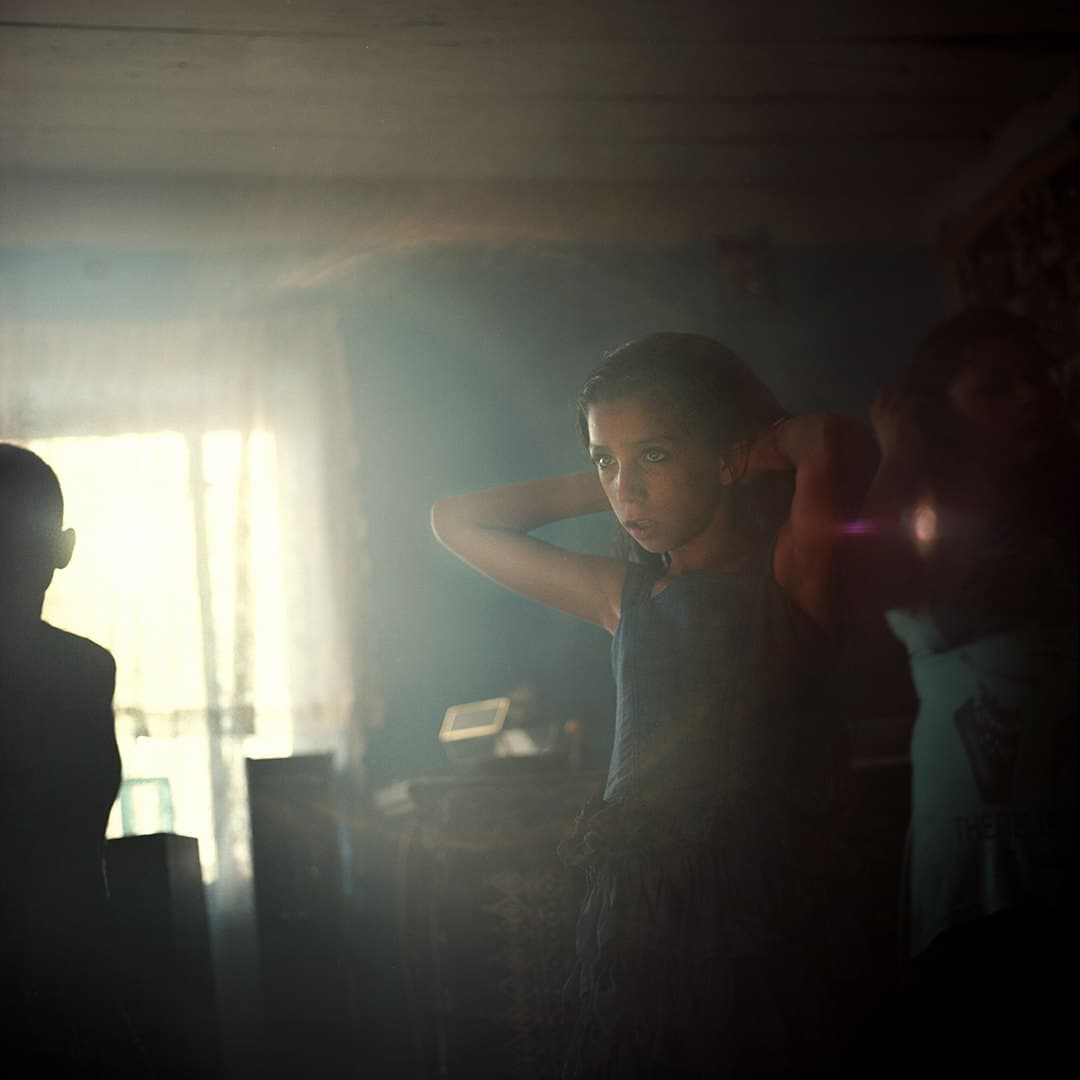

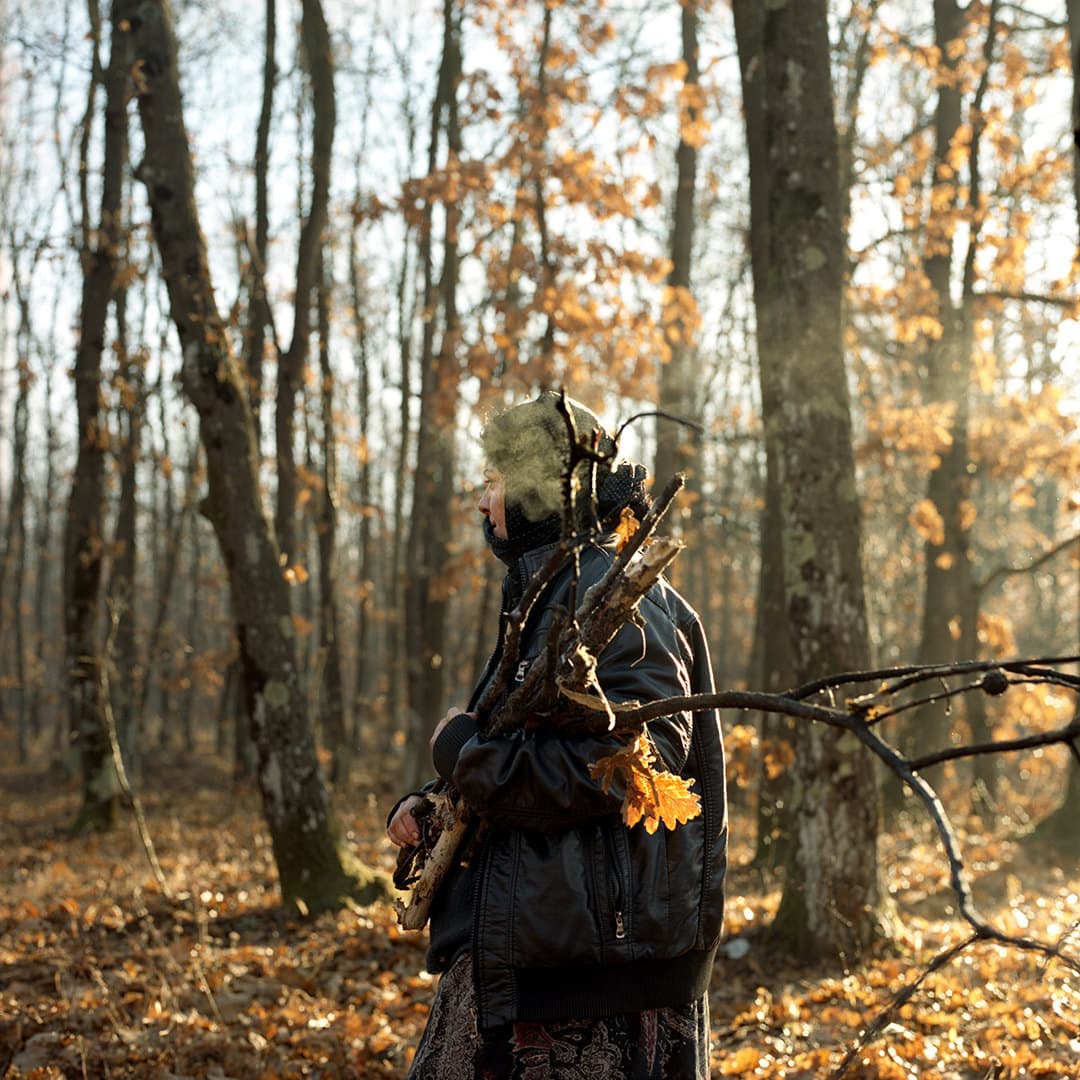
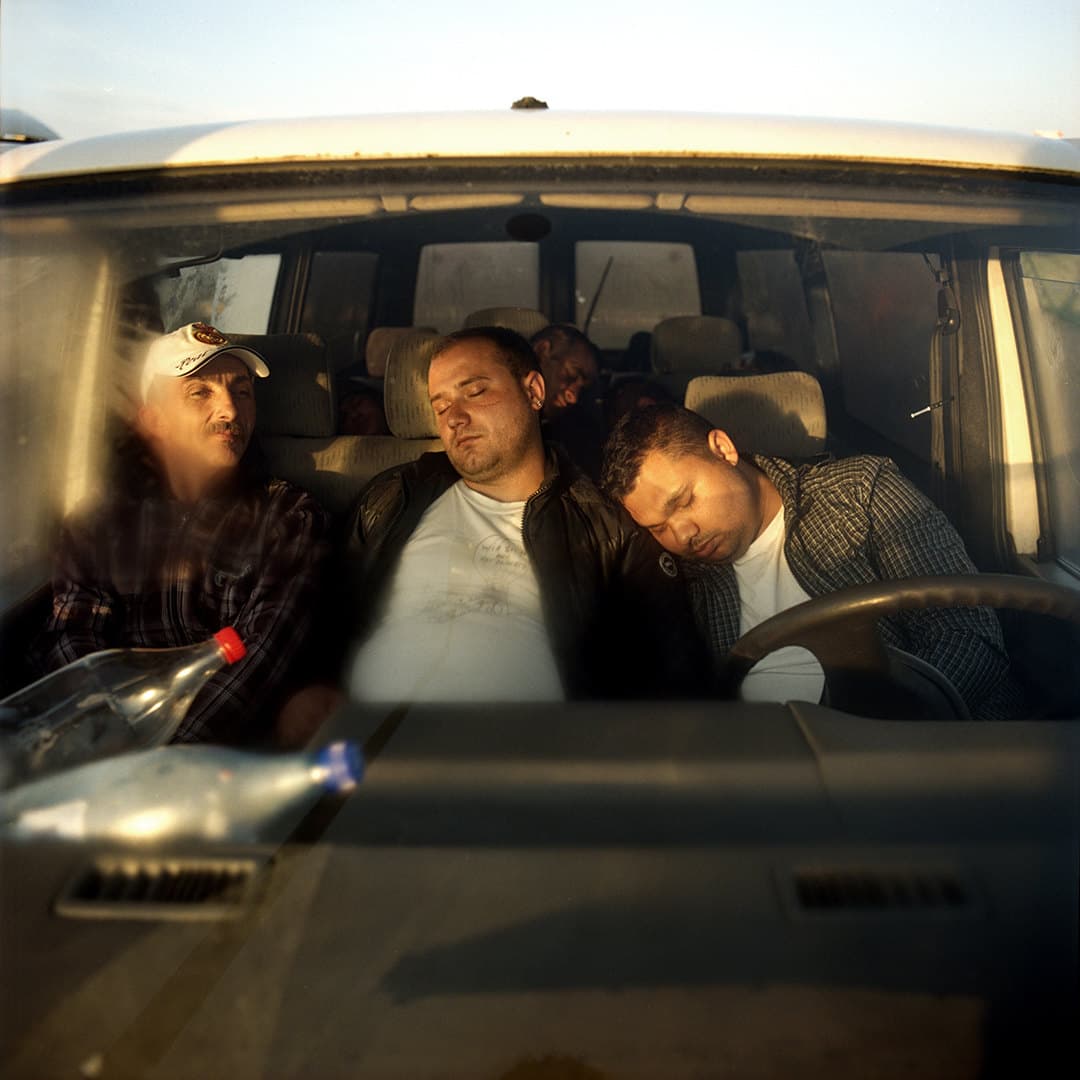
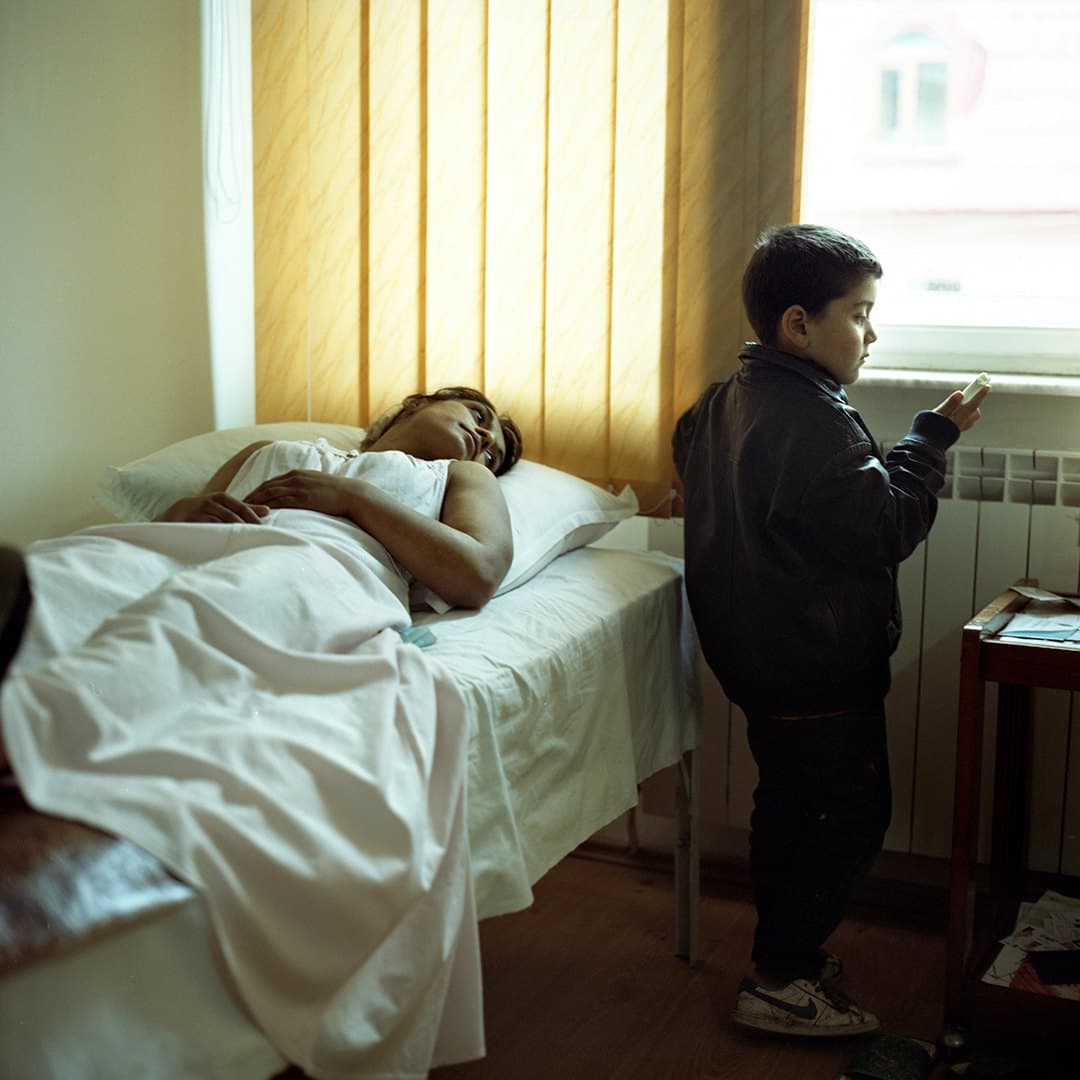
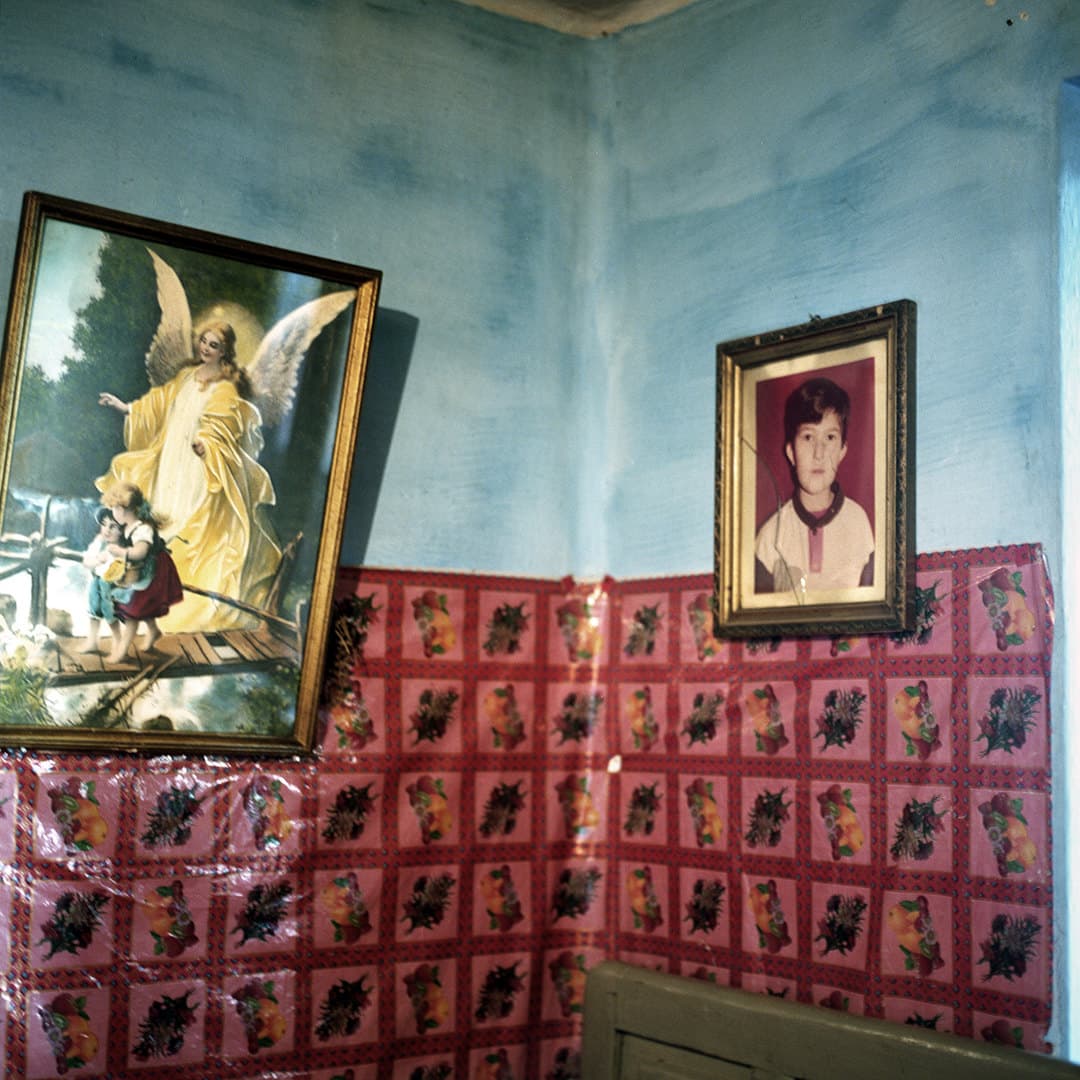
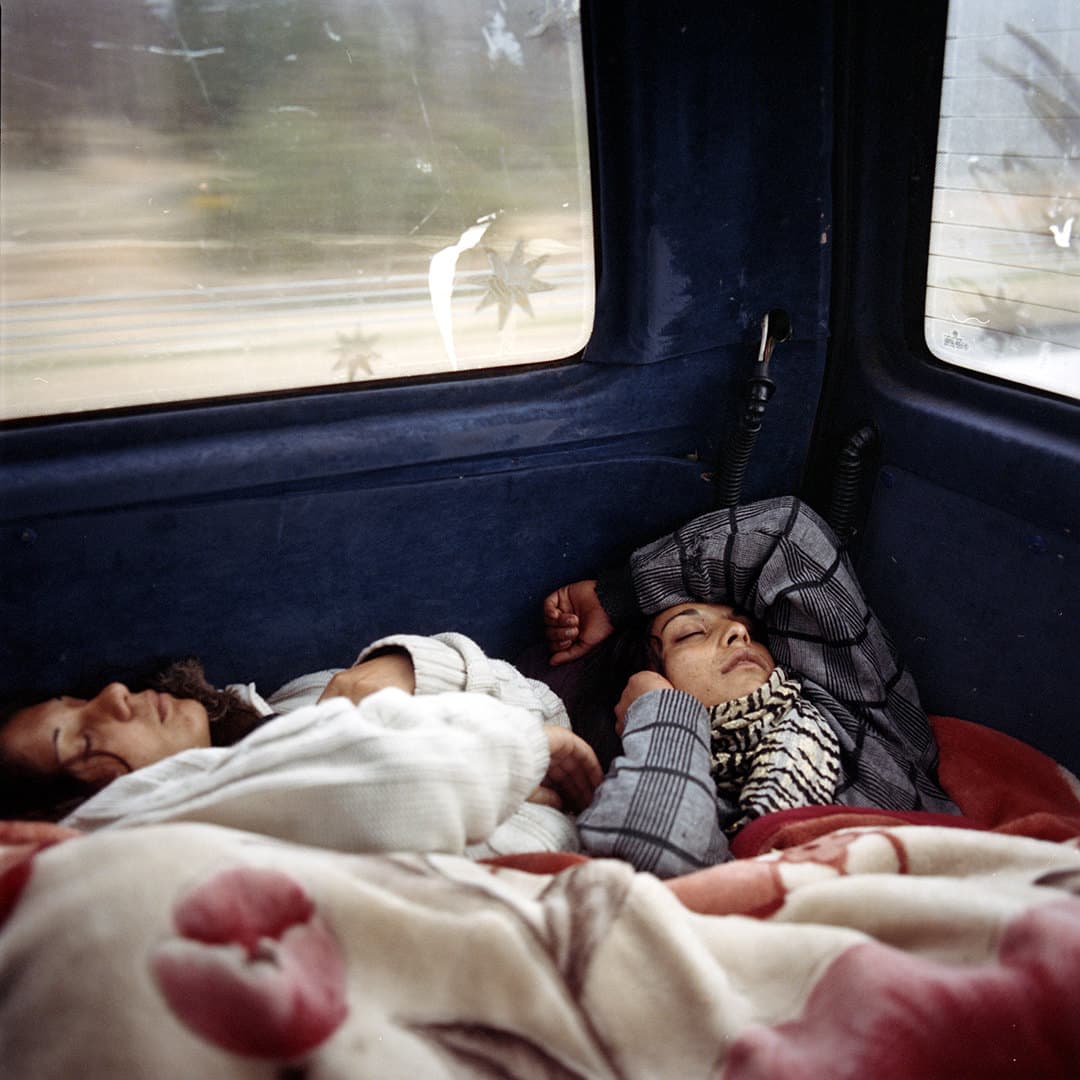
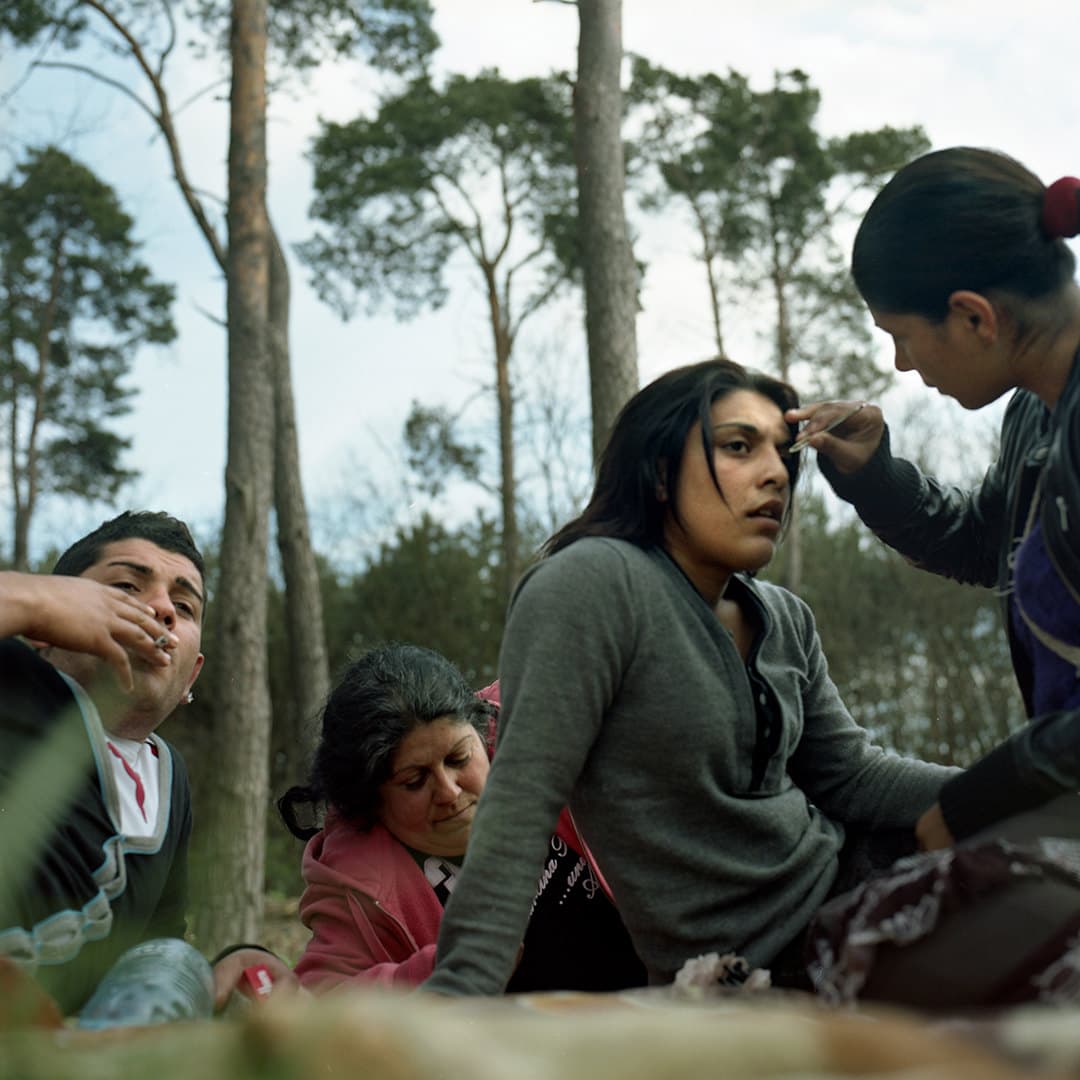





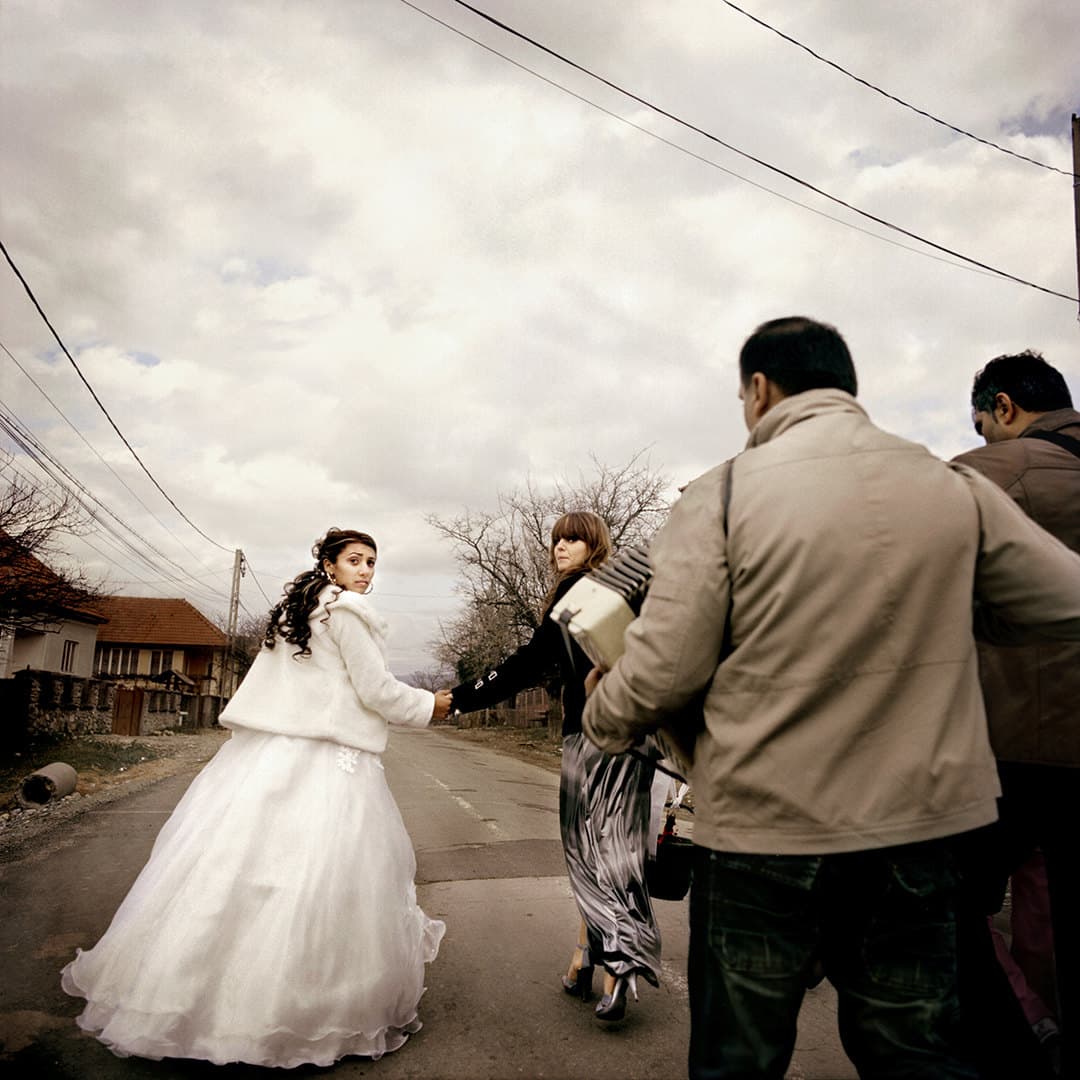
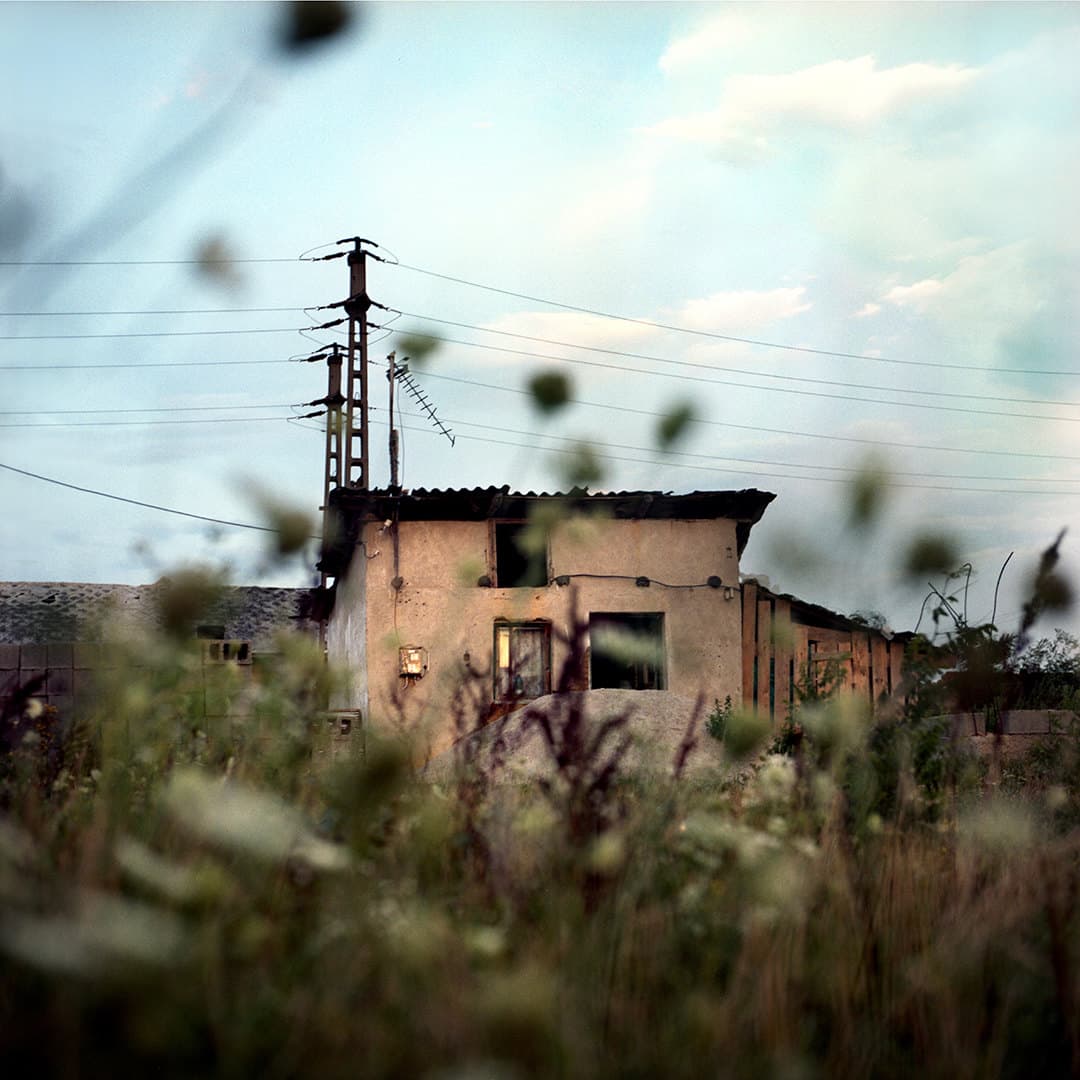
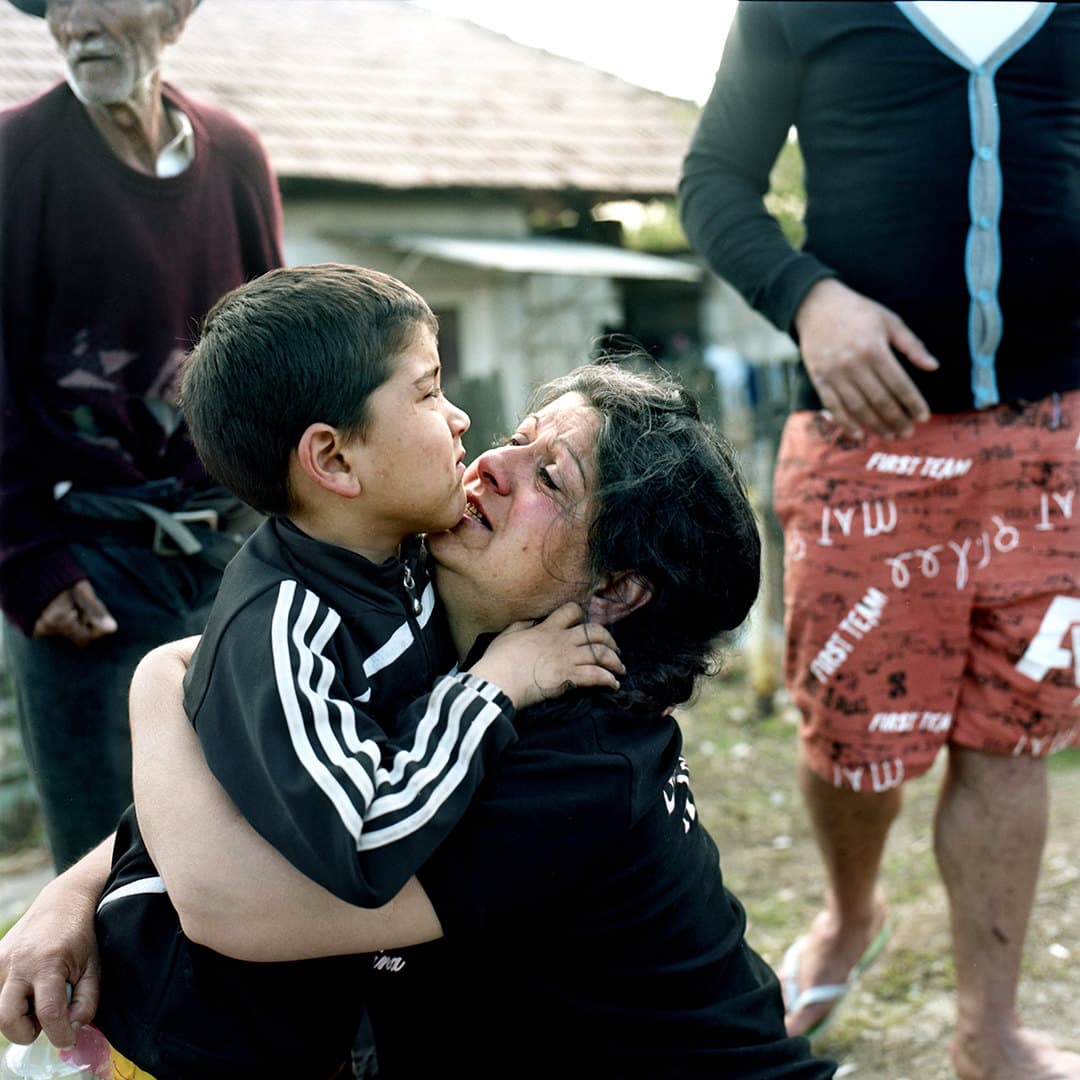
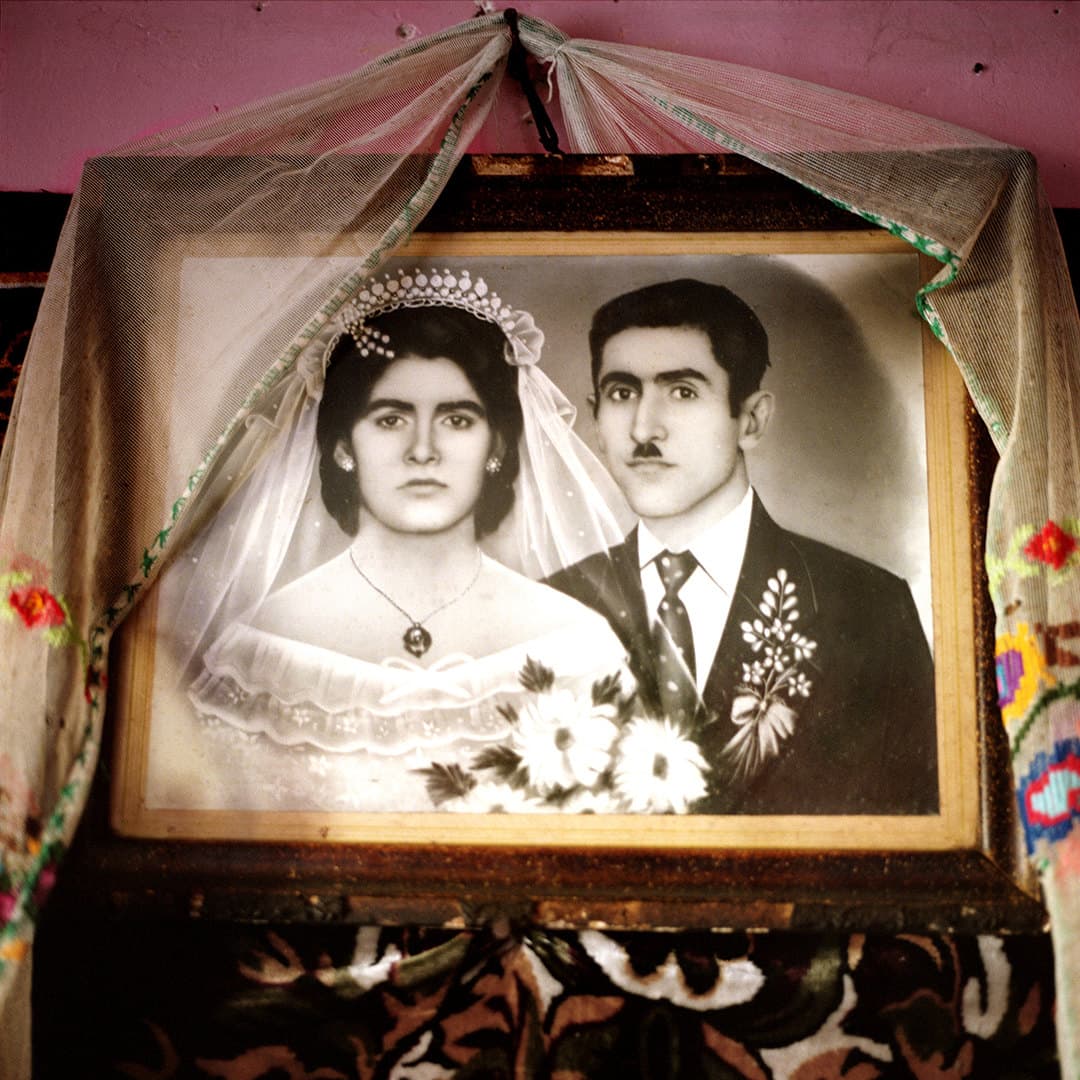
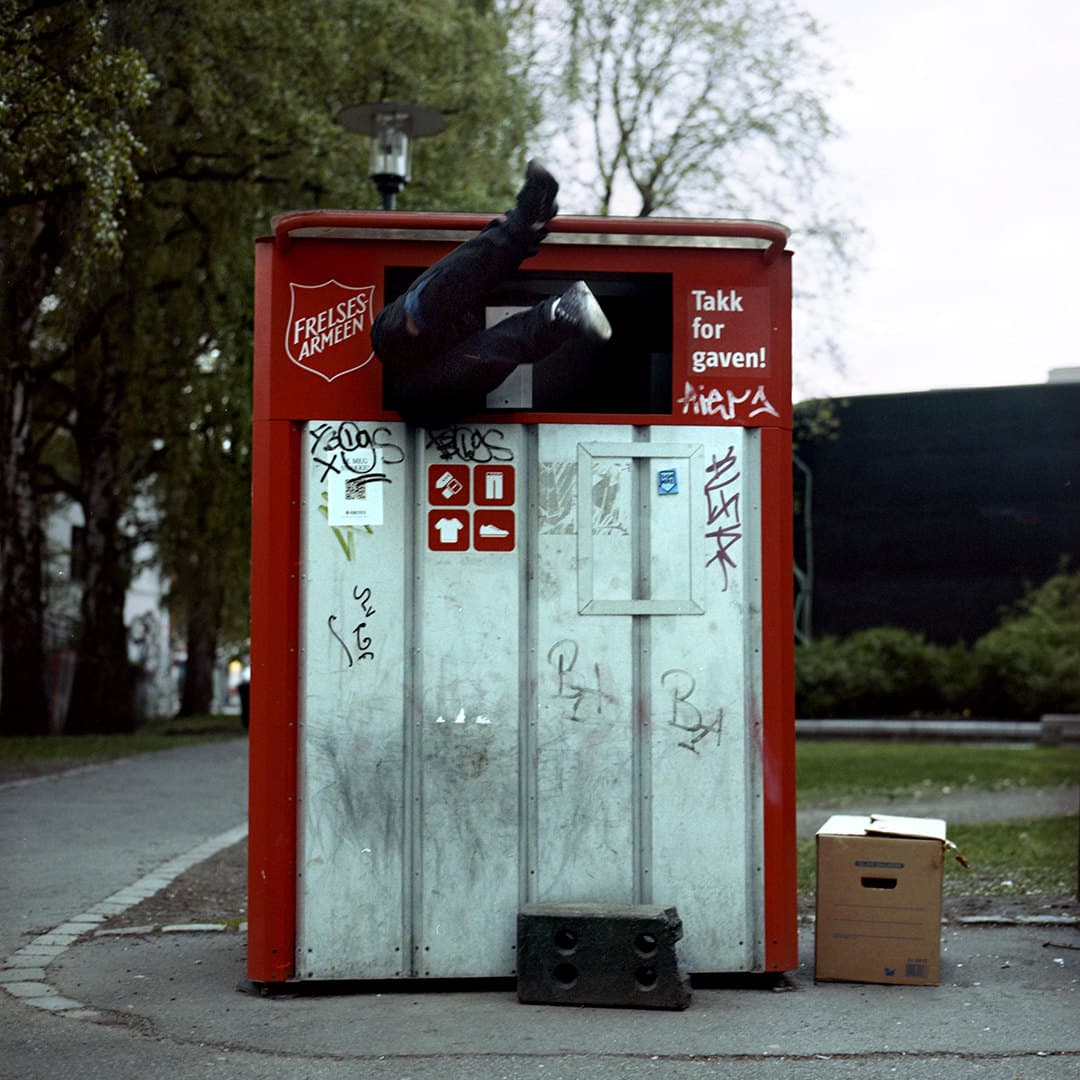


All images © courtesy of Linda Bournane Engelberth
